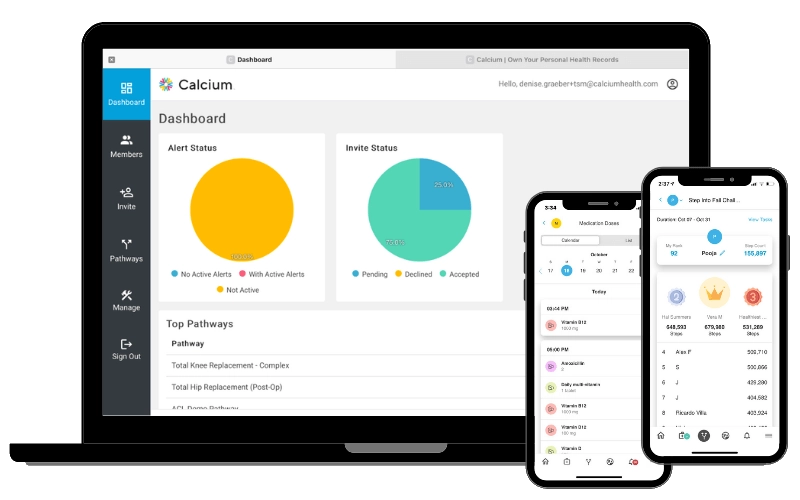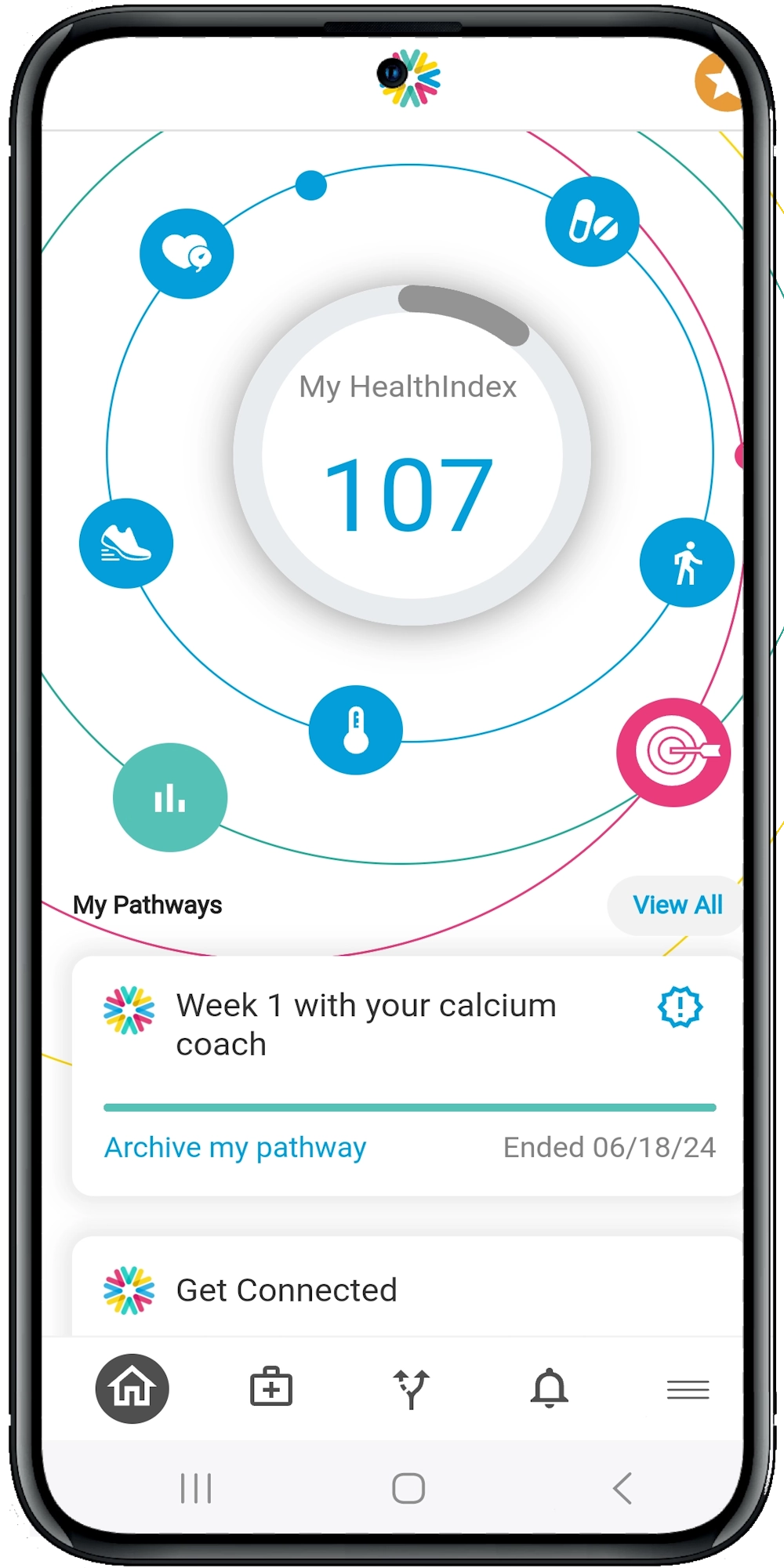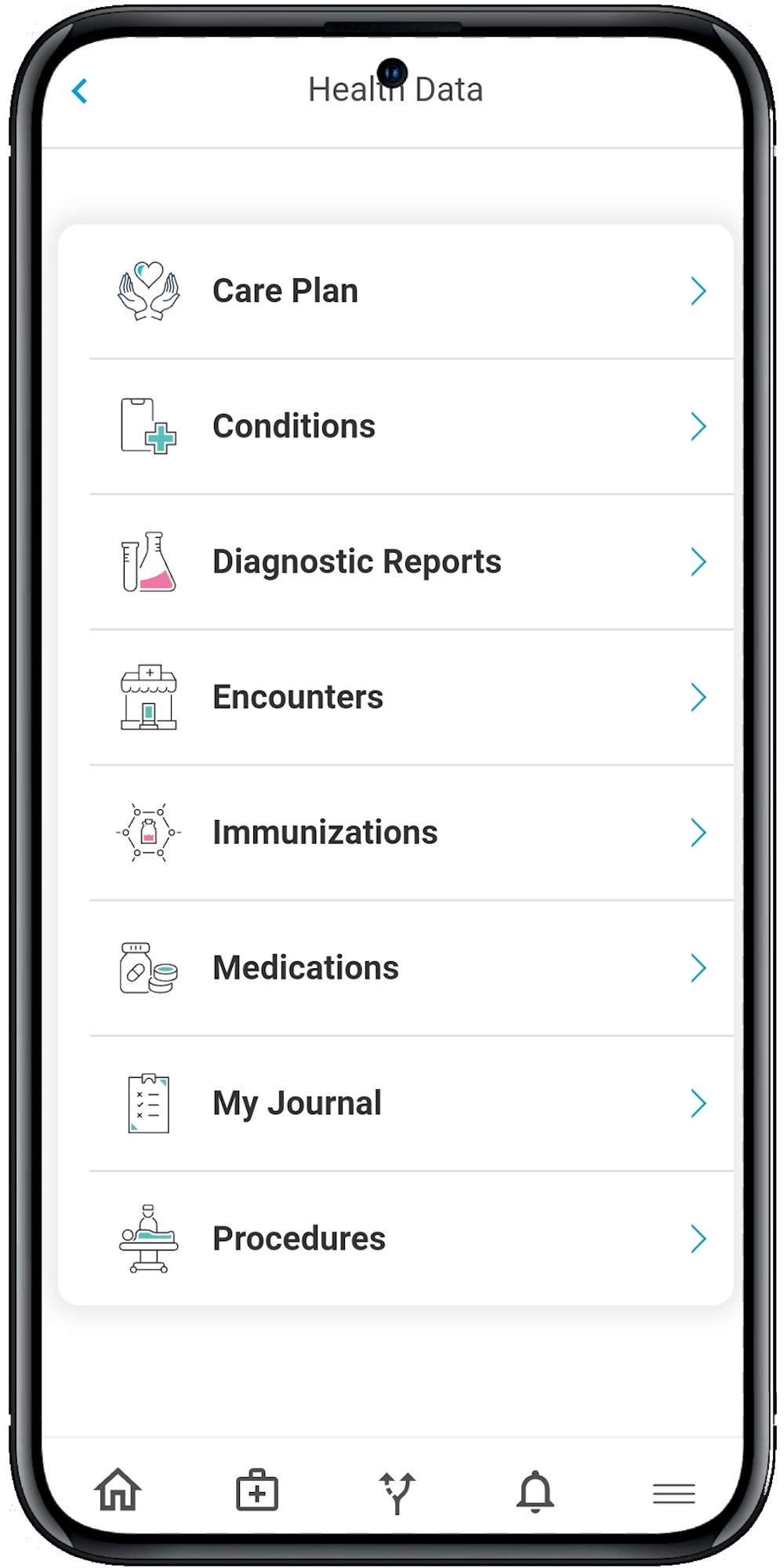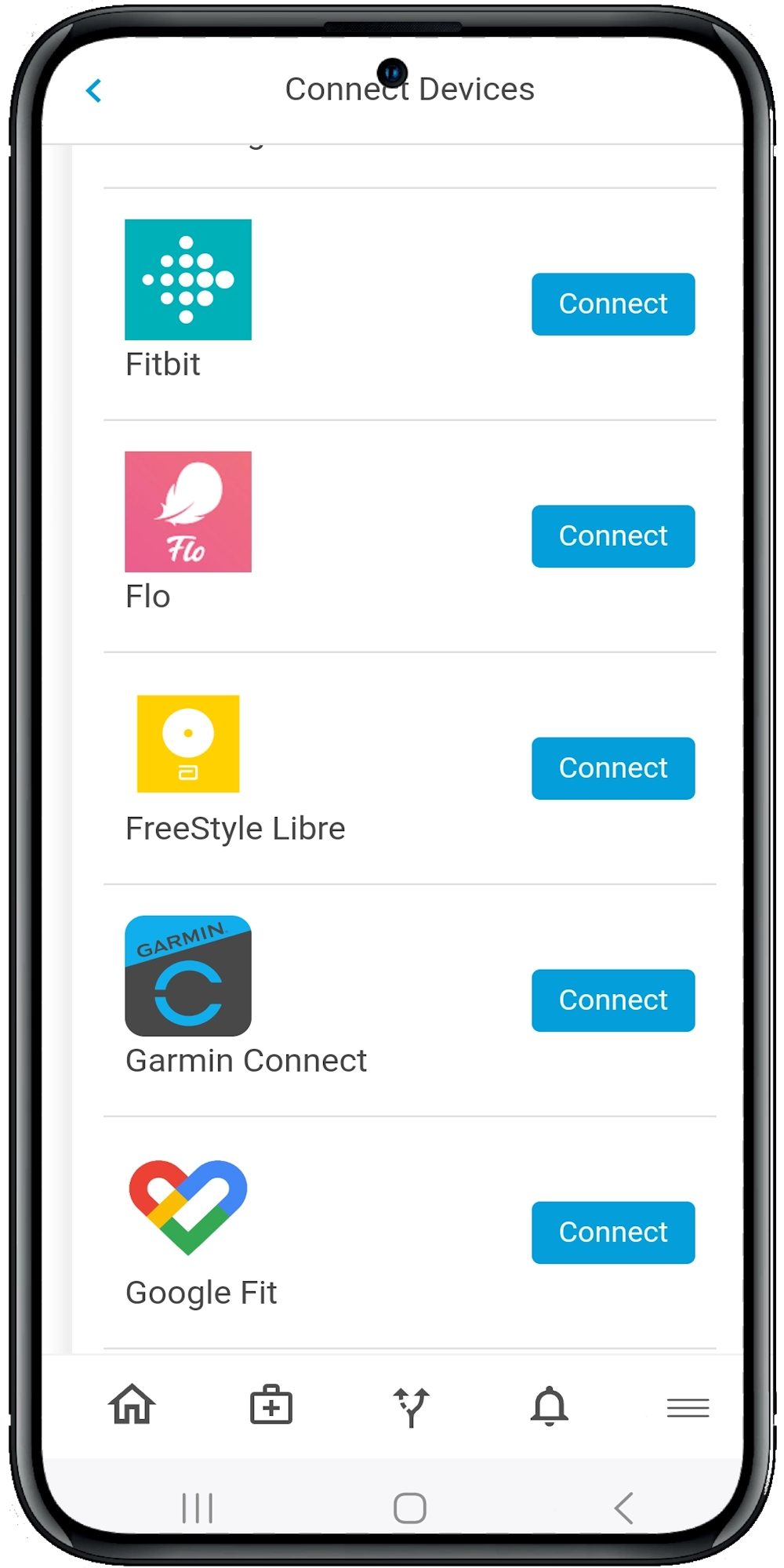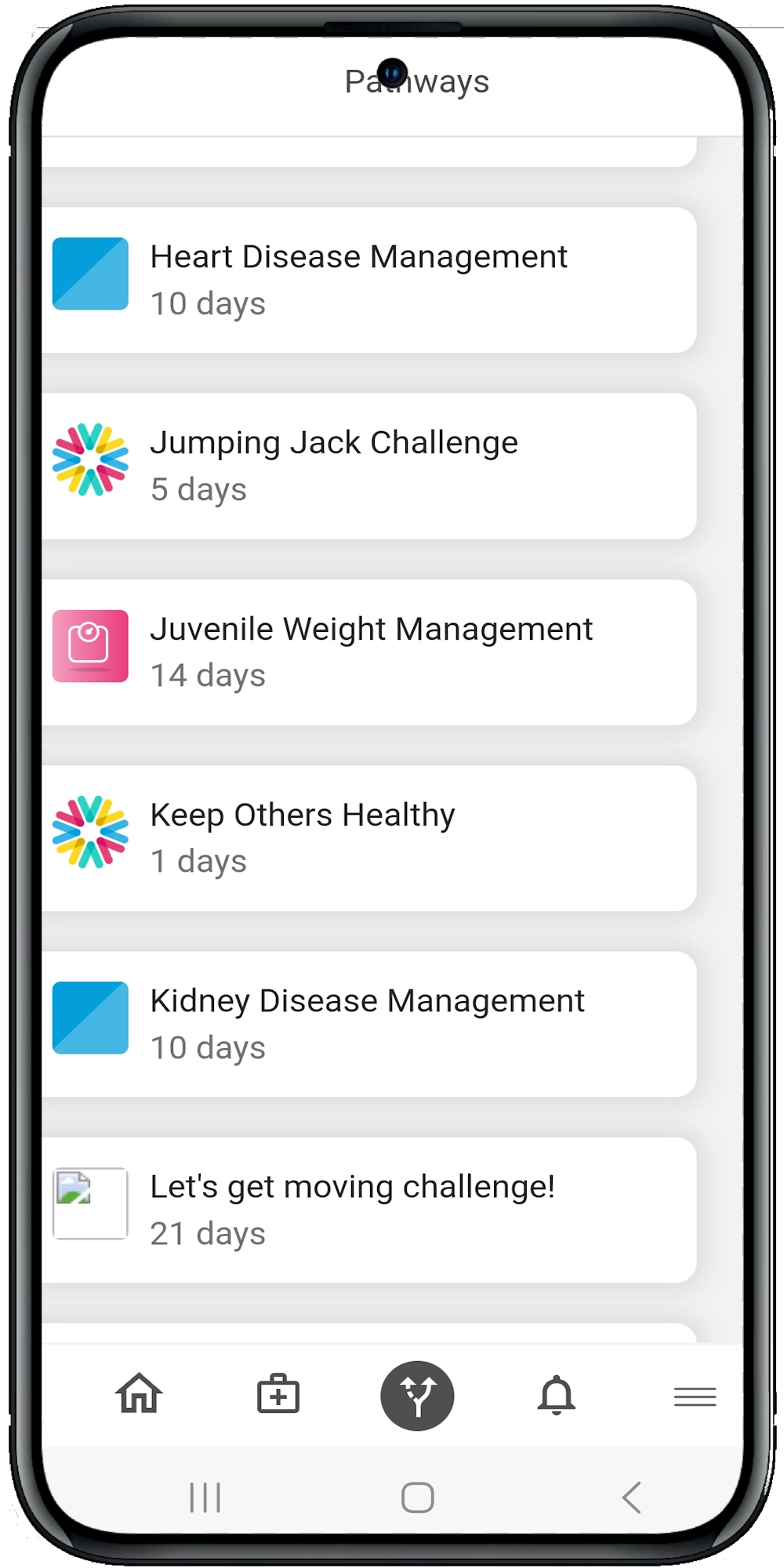The Role of Digital Tools in Optimizing Perioperative Care Management
Preoperative Phase: Setting the Stage for Success
Preparation is key to successful surgical outcomes. Digital tools can significantly enhance the preoperative phase by improving patient assessments, streamlining communication, and ensuring all necessary preparations are in place.
Electronic Health Records (EHRs)
EHRs consolidate patient information into a single, accessible platform. This ensures that all healthcare providers have up-to-date information, reducing the risk of errors and improving patient safety.
Preoperative Screening Apps
These applications can assess patient risk factors, flagging potential complications before they arise. By automating the screening process, surgical teams can focus on high-risk patients who need more attention.
Patient Portals
These portals allow patients to complete preoperative questionnaires, access educational materials, and communicate with their healthcare team. This not only empowers patients but also ensures they are well-prepared for surgery.
Telemedicine Consultations
Virtual consultations can be used for preoperative assessments, reducing the need for in-person visits. This is particularly beneficial for patients who live far from the surgical center or have mobility issues.
Intraoperative Phase: Precision in the Operating Room
The intraoperative phase is where the magic happens. Digital tools can enhance surgical precision, improve communication among the surgical team, and ensure real-time monitoring of patient vitals.
Surgical Navigation Systems
These systems use imaging technologies to guide surgeons during complex procedures. Think of it as a GPS for the human body, helping surgeons navigate with greater accuracy.
Real-Time Data Monitoring
Digital monitors track vital signs, providing real-time feedback to the surgical team. This allows for immediate intervention if any anomalies are detected.
Robotic Surgery Systems
Robots can assist surgeons in performing minimally invasive procedures with greater precision. These systems often come with advanced imaging capabilities, providing a clearer view of the surgical site.
Intraoperative Communication Tools
Secure messaging apps and headsets can facilitate seamless communication among the surgical team, ensuring everyone is on the same page.
Postoperative Phase: Ensuring a Smooth Recovery
The postoperative phase is critical for patient recovery and long-term outcomes. Digital tools can help monitor patient progress, manage pain, and prevent complications.
Remote Monitoring Devices
Wearable devices can track vital signs and other health metrics, sending data to healthcare providers in real-time. This allows for early detection of potential complications, enabling prompt intervention.
Mobile Health Apps
These apps can help patients manage their recovery by providing medication reminders, pain management tips, and physical therapy exercises. They can also facilitate communication with healthcare providers, ensuring any concerns are promptly addressed.
EHR Integration
Postoperative data can be seamlessly integrated into the patient’s EHR, providing a comprehensive view of their health journey. This ensures continuity of care and facilitates better decision-making.
Telehealth Follow-Ups
Virtual follow-up appointments can reduce the need for in-person visits, making it easier for patients to adhere to their postoperative care plan. This is especially beneficial for patients with mobility issues or those living in remote areas.
Overcoming Challenges and Embracing Opportunities
While the benefits of digital tools in perioperative care management are clear, there are also challenges to consider. Data security is paramount, and surgical centers must ensure that patient information is protected. Additionally, there may be a learning curve for both patients and healthcare providers when adopting new technologies.
However, the opportunities far outweigh the challenges. Digital tools can lead to improved patient outcomes, increased efficiency, and reduced costs. By embracing these technologies, surgical centers can stay ahead of the curve and provide the best possible care for their patients.
Summary and Suggestions
Digital tools are revolutionizing perioperative care management, offering innovative solutions to enhance patient outcomes and streamline workflows. From preoperative assessments to intraoperative precision and postoperative monitoring, these technologies are transforming the surgical landscape.
Ready to learn more? Explore our website for additional resources or schedule a demo to see how our digital health platform can benefit your surgical center.

